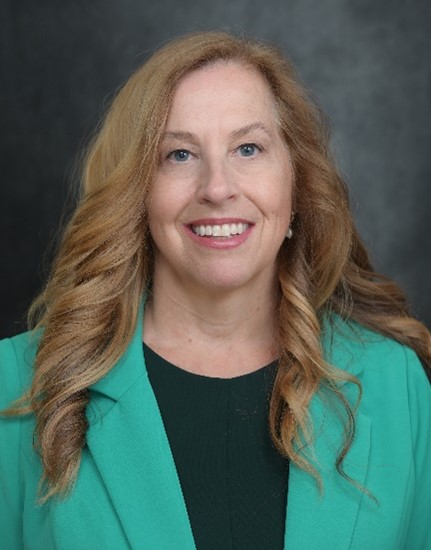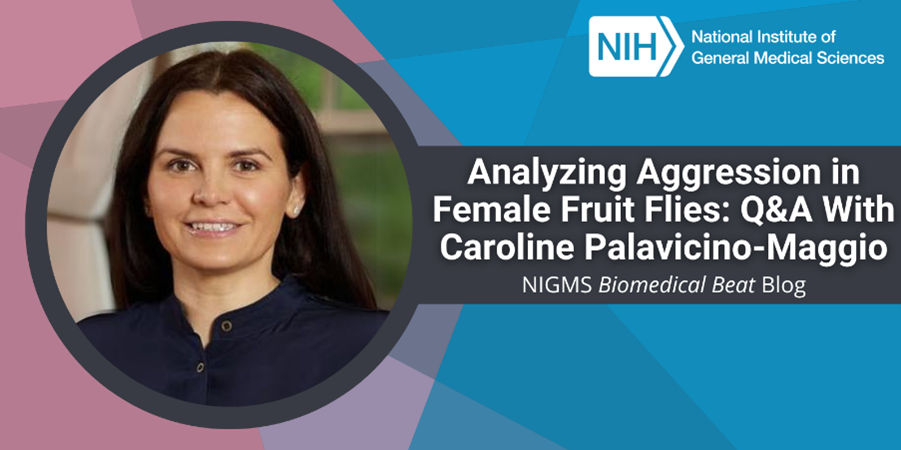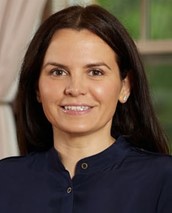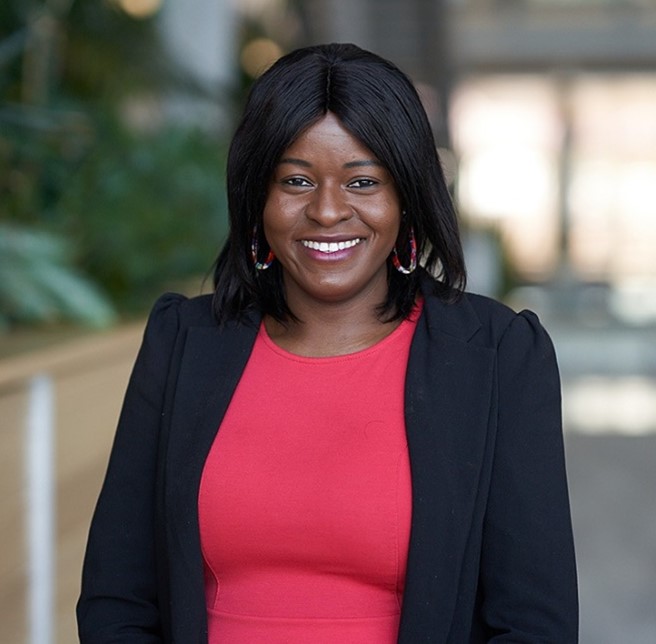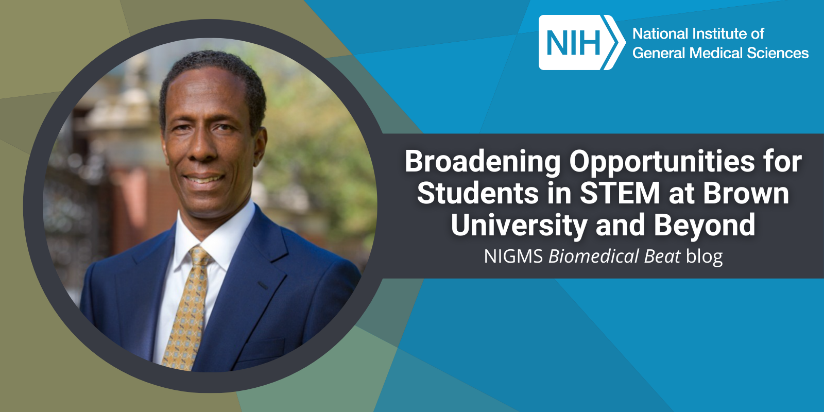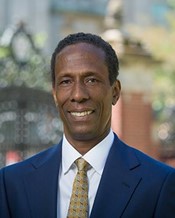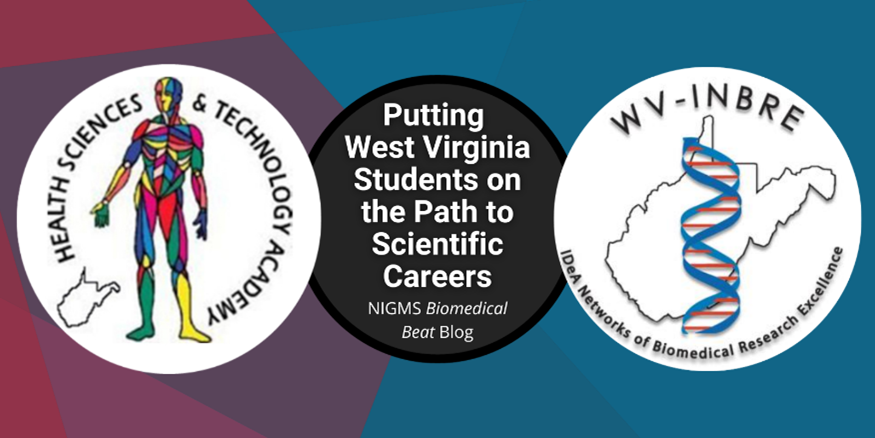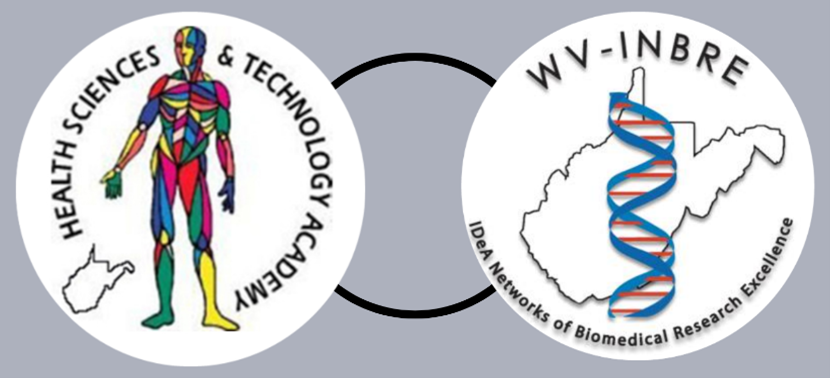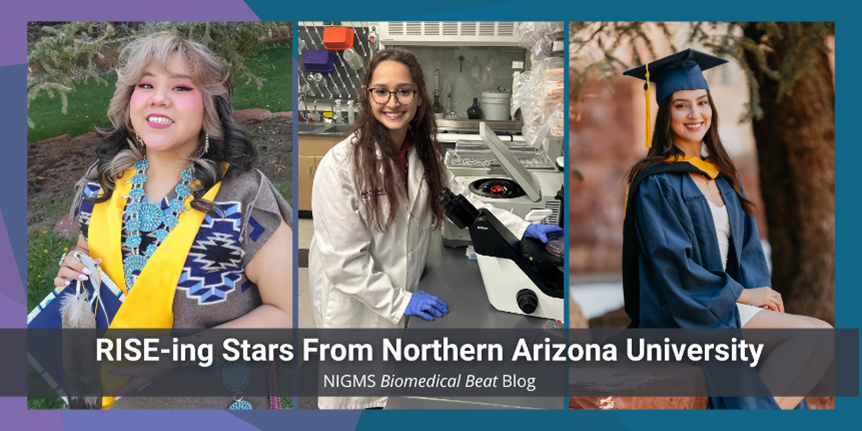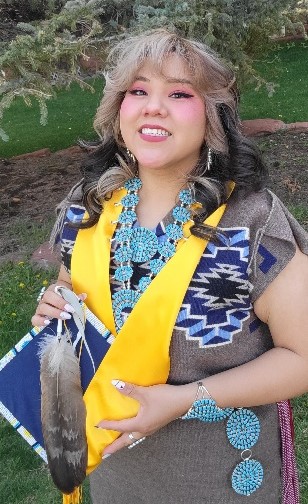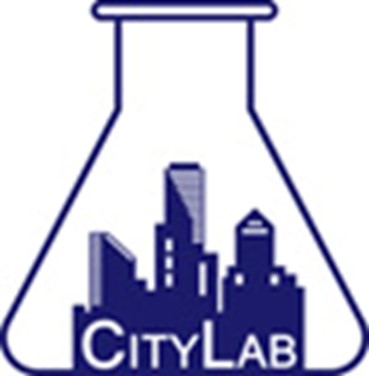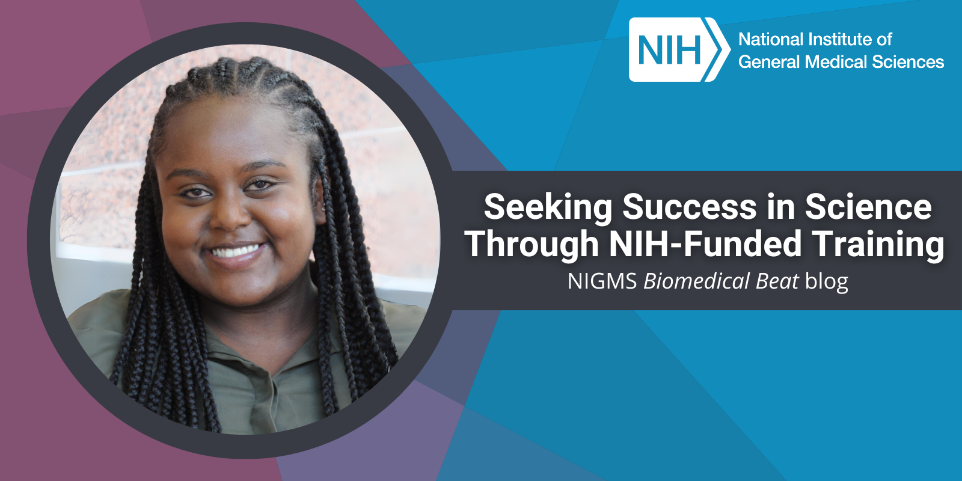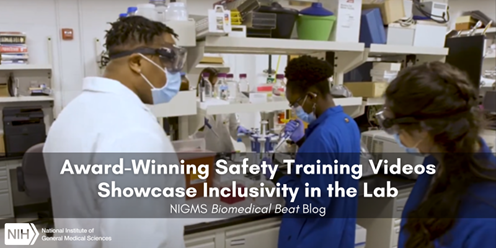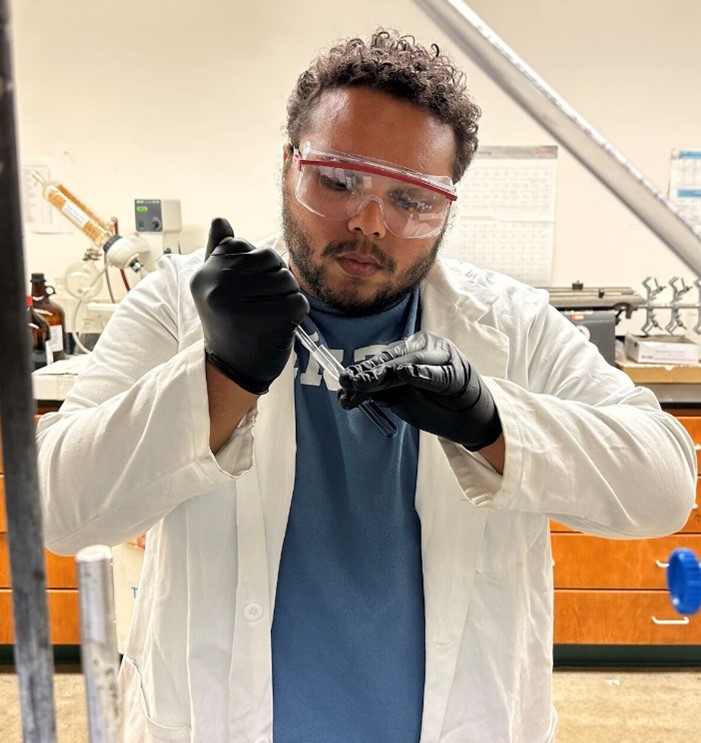
Glenn Gilyot, Ph.D., an assistant professor of chemistry at Hampton-Sydney College in Virginia, studies how to use fluorescent sensors to detect certain disease biomarkers in the body. He credits two NIGMS training programs that he participated in as an undergraduate and graduate student with helping him launch a successful career in research. Outside the lab, Dr. Gilyot is passionate about science outreach and encouraging future researchers to follow their curiosities.
An Early Introduction to Chemistry
Working in chemistry runs in Dr. Gilyot’s family: His grandfather was a pharmacist at a small pharmacy in New Orleans, Louisiana, and his father was a criminalist for the New Orleans Police Department. “When I was a kid, I’d visit both my grandfather and father at work. My grandfather would tell me about the medicines he had in the store and explain what they did in the body. My dad would show me the instruments, such as a mass spectrometer that helped him find out the chemical composition of samples from crime scenes,” says Dr. Gilyot.
Continue reading “Glenn Gilyot: Molecular Sensors and STEM Education”



